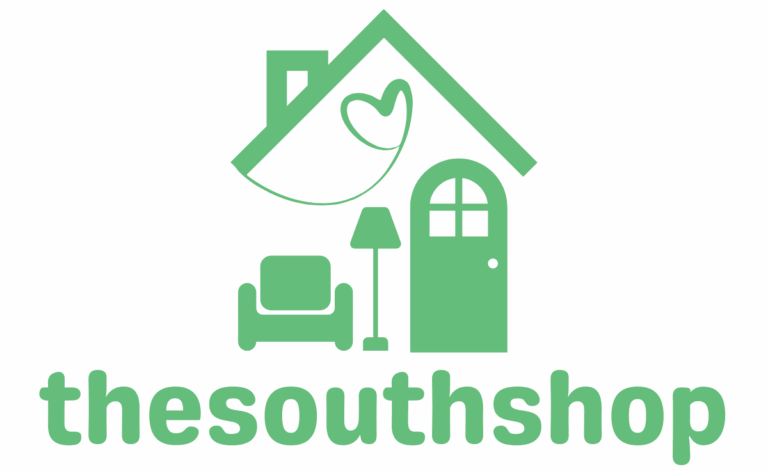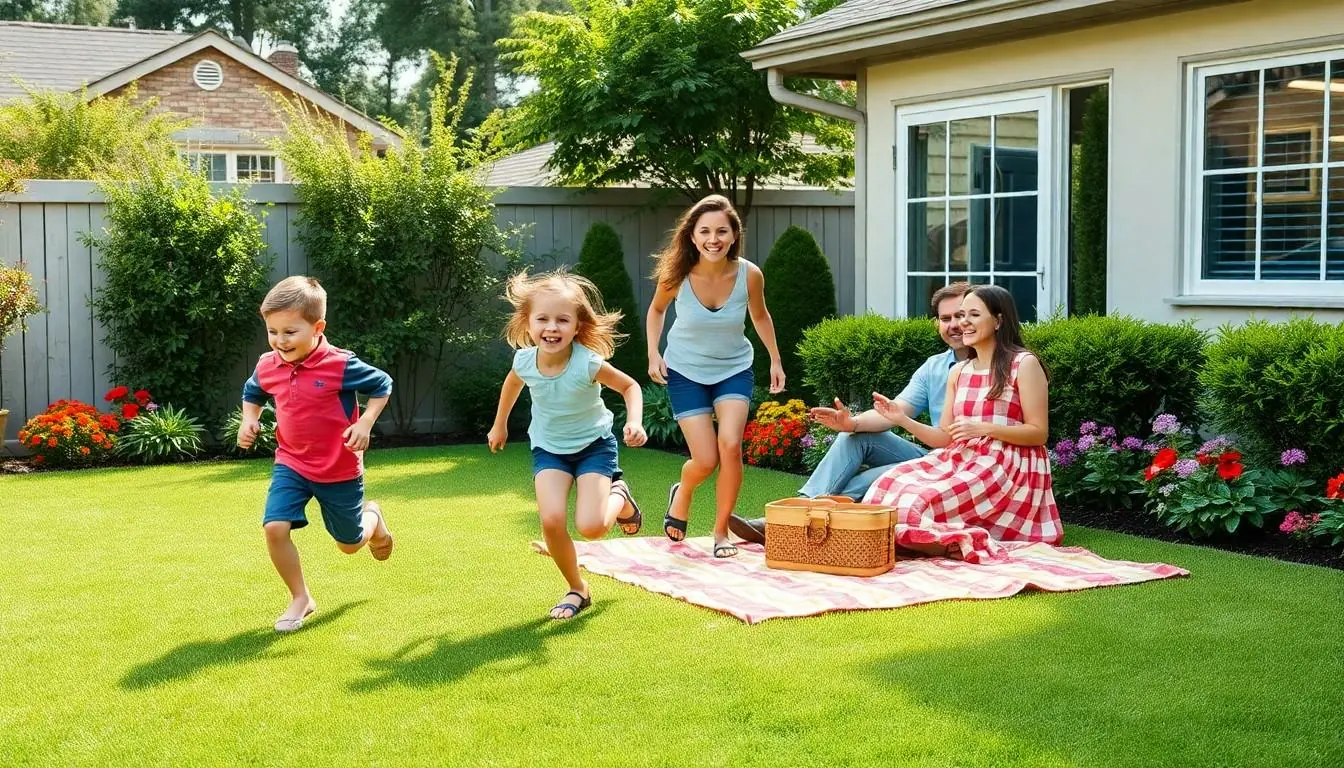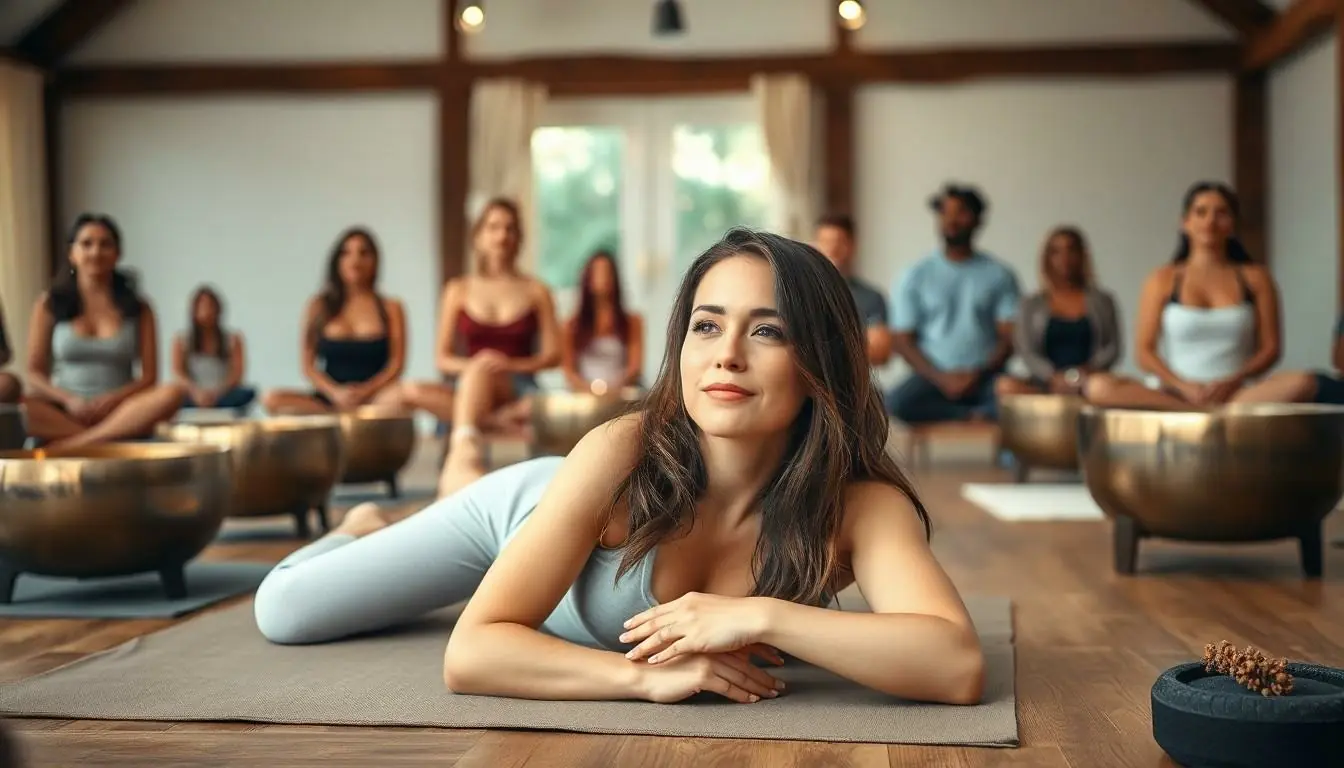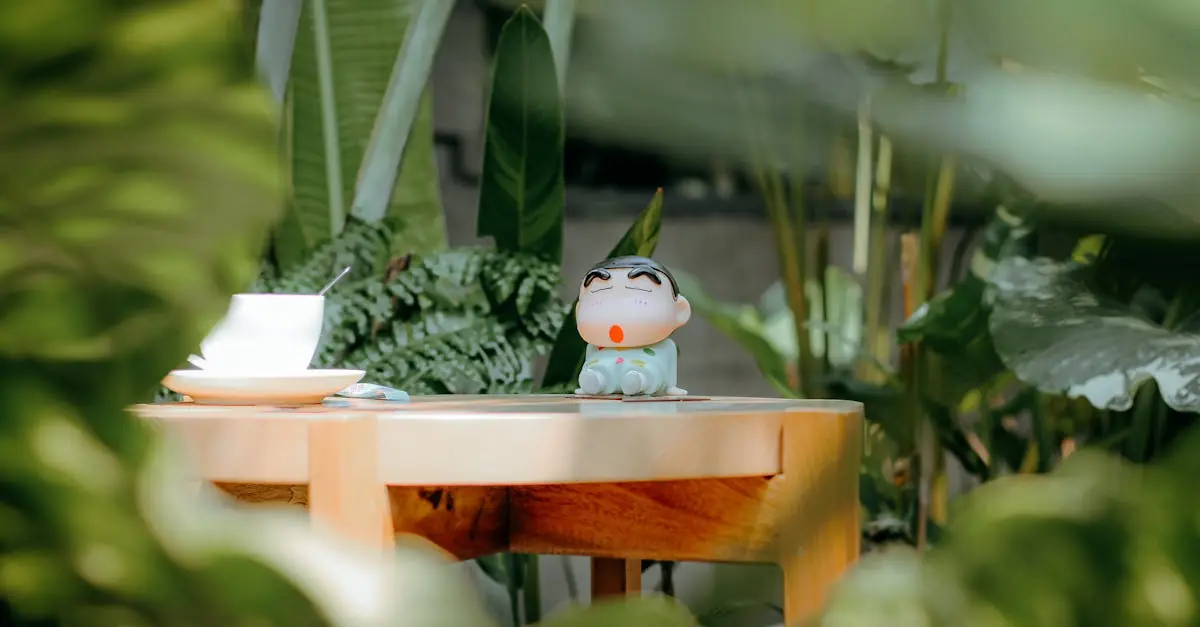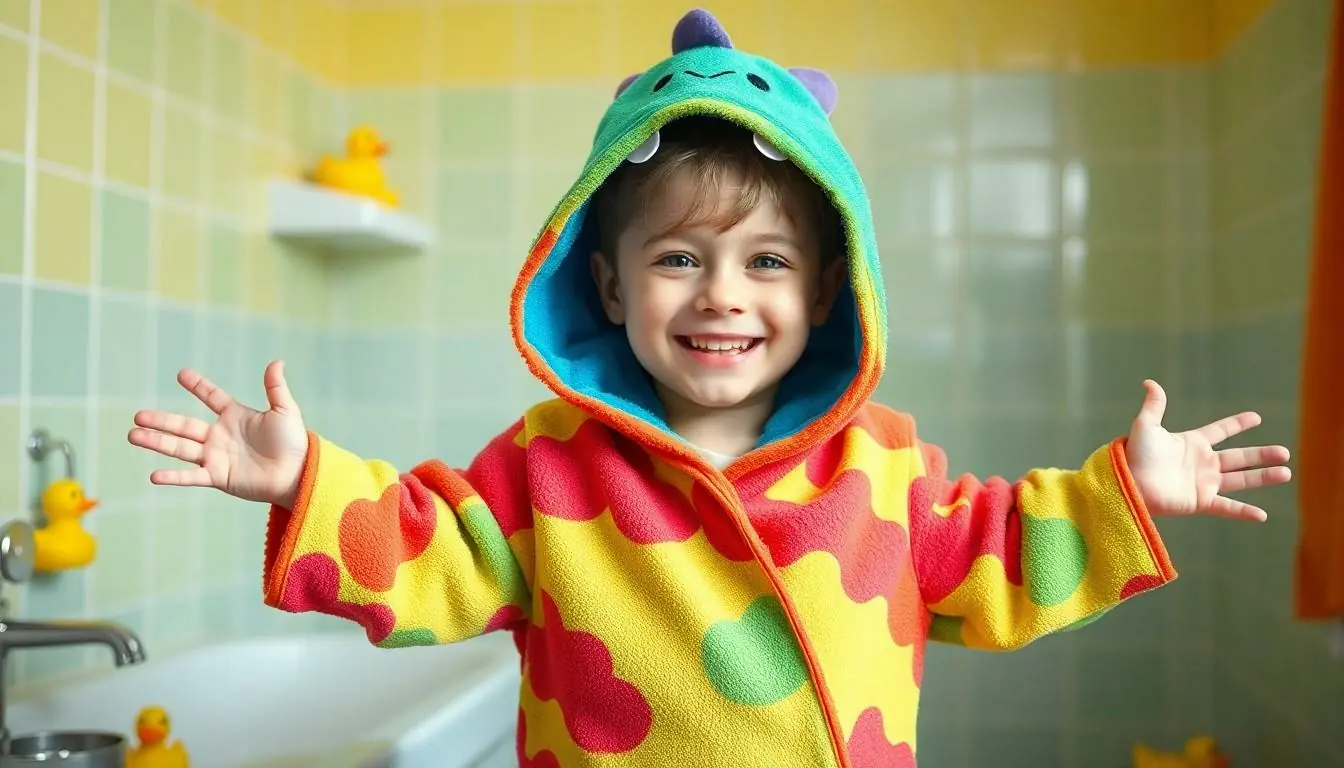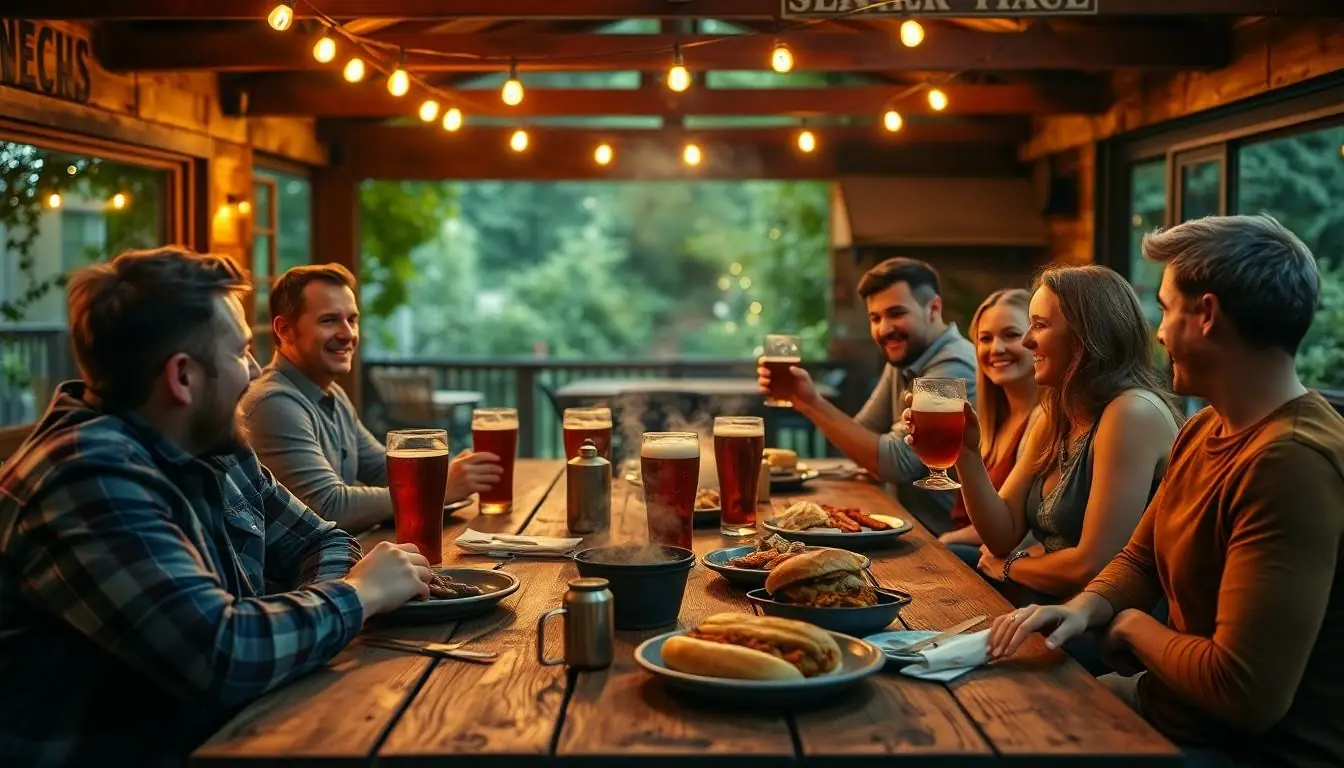Imagine a backyard that stays lush and green all year round, no matter the weather. With fake grass, that dream can become a reality. Gone are the days of mowing, watering, and battling pesky weeds. Instead, you can kick back and enjoy your outdoor space without the hassle.
Table of Contents
ToggleOverview of Fake Grass Backyard
Fake grass transforms backyards into vibrant outdoor spaces. This synthetic alternative to natural grass offers numerous benefits that enhance any landscape. A lush, green environment is achievable without the traditional upkeep of natural grass.
Maintenance tasks, such as mowing and watering, are eliminated, making fake grass an attractive option for busy homeowners. Saving time on these chores allows more enjoyment of the outdoors. Many people appreciate the clean and tidy appearance of a fake grass backyard, as it remains pristine year-round.
Convenience stands out among the advantages of fake grass. Pet owners, in particular, revel in the durability and easy cleaning of artificial turf. Children can play with less worry about muddy shoes or patchy grass.
Durability also proves beneficial, as high-quality fake grass can last over 15 years with proper installation and care. This longevity outlasts many natural grass alternatives that often succumb to drought or foot traffic.
Environmental concerns also play a role in the growing popularity of fake grass. Reduced water use makes it a sustainable choice, especially in areas facing water restrictions. Choosing fake grass reflects a commitment to responsible water usage while still enjoying outdoor aesthetics.
With several styles and colors available, selecting the right fake grass creates a tailored look to enhance garden designs. These options provide flexibility for homeowners to match their personal tastes and property needs.
Benefits of Fake Grass
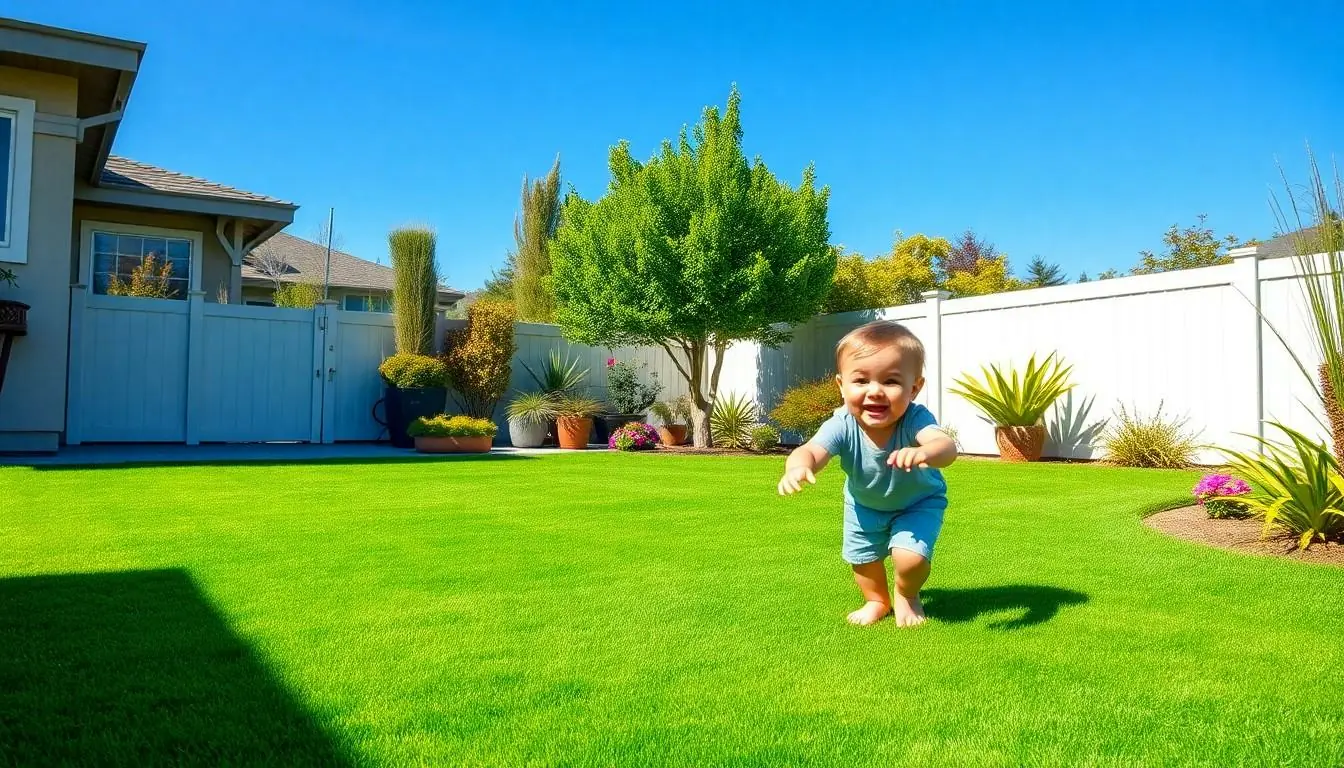
Fake grass offers numerous advantages for backyard spaces. Homeowners enjoy the aesthetic appeal and hassle-free maintenance that synthetic lawns provide.
Low Maintenance Requirements
Maintenance demands decrease significantly with fake grass. Homeowners avoid traditional tasks like mowing or frequent watering. Cleaning requires only occasional rinsing, making it perfect for busy lifestyles. Pet owners appreciate the ease of removing waste, while children can play freely without tracking mud into the house. Additionally, the durability of high-quality turf withstands heavy foot traffic, ensuring it remains pristine throughout the year. Long-term investment is realized with materials lasting over 15 years, providing a reliable solution for outdoor enjoyment.
Environmental Considerations
Environmental benefits accompany the use of fake grass. It substantially reduces water consumption, making it an eco-friendly choice in water-scarce regions. By eliminating the need for pesticides and fertilizers, homeowners contribute to soil and water health. The artificial turf manufacturing process continues to evolve, with many companies prioritizing sustainable materials and practices. Furthermore, synthetic lawns help decrease carbon footprints by minimizing maintenance-related emissions. Overall, artificial grass combines aesthetics and sustainability, making it a compelling alternative to natural lawns.
Types of Fake Grass
Several types of fake grass exist, making it essential to understand their differences when selecting the best option for a backyard.
Nylon vs. Polypropylene
Nylon exhibits superior durability, making it ideal for high-traffic areas like playgrounds or sports fields. This material can handle intense wear and tear, retaining its appearance over time. Conversely, polypropylene offers a more budget-friendly option, perfect for residential use or low-traffic settings. Though it lacks the same durability as nylon, polypropylene still provides an appealing appearance. Each material has benefits that cater to particular lifestyles or usage scenarios, enabling homeowners to find the perfect fit for their needs.
Choosing the Right Pile Height
Selecting the correct pile height significantly affects the aesthetics and functionality of fake grass. Shorter pile heights, typically around 1 to 1.5 inches, create a tidy appearance and are easier to maintain. These options work well in areas with moderate foot traffic. Taller pile heights, ranging from 1.5 to 2.5 inches, offer a lush, natural look, mimicking real grass. Such lengths provide greater cushioning and enhance comfort for activities like lounging or playing. Evaluating personal preferences and intended usage helps homeowners make informed choices when it comes to pile height.
Installation Process
Installing fake grass in a backyard involves careful preparation and execution. Following the right steps ensures a durable and visually appealing result.
Preparing Your Backyard
Preparation starts with measuring the area to determine the amount of turf needed. Removing existing grass, weeds, or debris creates space for the installation. Next, leveling the ground guarantees an even surface for the fake grass. Adding a weed barrier prevents future growth from interfering with the turf. Compacting the soil helps create a stable foundation. Incorporating appropriate drainage solutions prevents water accumulation. Proper preparation maximizes the longevity and appearance of the installation.
Installation Techniques
Installation methods vary based on the size and layout of the backyard. Rolling out the turf allows for easy positioning over the prepared area. Cutting the fake grass to fit the desired shapes facilitates a seamless appearance. Securing the edges with adhesive or stakes ensures stability and prevents lifting. Joining seams properly maintains a uniform look throughout the surface. Infilling with materials like sand or rubber granules enhances the turf’s natural feel and improves durability. Regularly checking for any loose edges keeps the installation safe and pristine.
Cost Considerations
Evaluating the cost of fake grass is essential for homeowners considering this investment. Immediate costs encompass material and installation expenses.
Initial Investment
Initial investment amounts for artificial turf vary widely. High-quality options typically range from $5 to $20 per square foot, dependent on material type. Additional costs arise from site preparation and installation, adding an average of $2 to $5 per square foot. Choosing a reputable installer is crucial for ensuring durability and optimal results. Homeowners should budget for any necessary drainage solutions, as they often contribute significantly to the overall expense.
Long-term Savings
Long-term savings present compelling reasons to choose artificial turf. Homeowners experience significant reductions in water bills, especially in drought-prone areas where traditional lawns require substantial irrigation. Annual maintenance costs related to mowing, fertilizing, and weed control disappear, leading to even more financial relief. Over the lifespan of artificial grass, which exceeds 15 years, total savings can surpass $20,000 compared to maintaining a natural lawn. Additionally, the durability of fake grass results in fewer replacements, enhancing overall cost-effectiveness.
Choosing fake grass for a backyard offers a blend of beauty and practicality. Homeowners can enjoy a stunning green space without the endless upkeep that natural grass demands. With its durability and low maintenance needs, artificial turf is perfect for families and pet owners alike.
The environmental benefits further enhance its appeal, as it conserves water and eliminates harmful chemicals. As technology advances, the options available continue to improve, allowing for personalized choices that fit any aesthetic.
Investing in fake grass not only transforms outdoor spaces but also promotes a sustainable lifestyle. It’s a smart choice for anyone looking to enhance their backyard experience while minimizing their ecological footprint.
